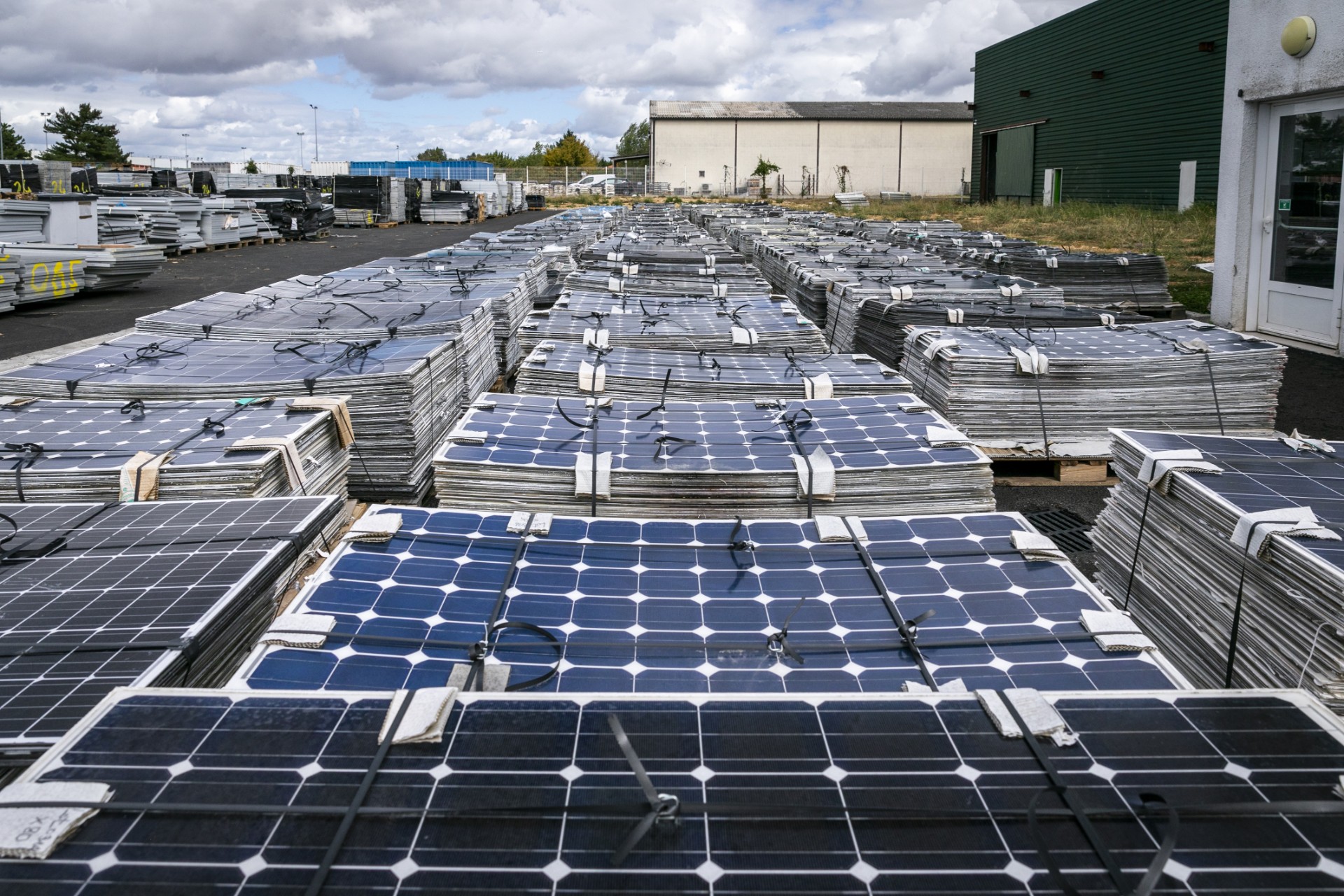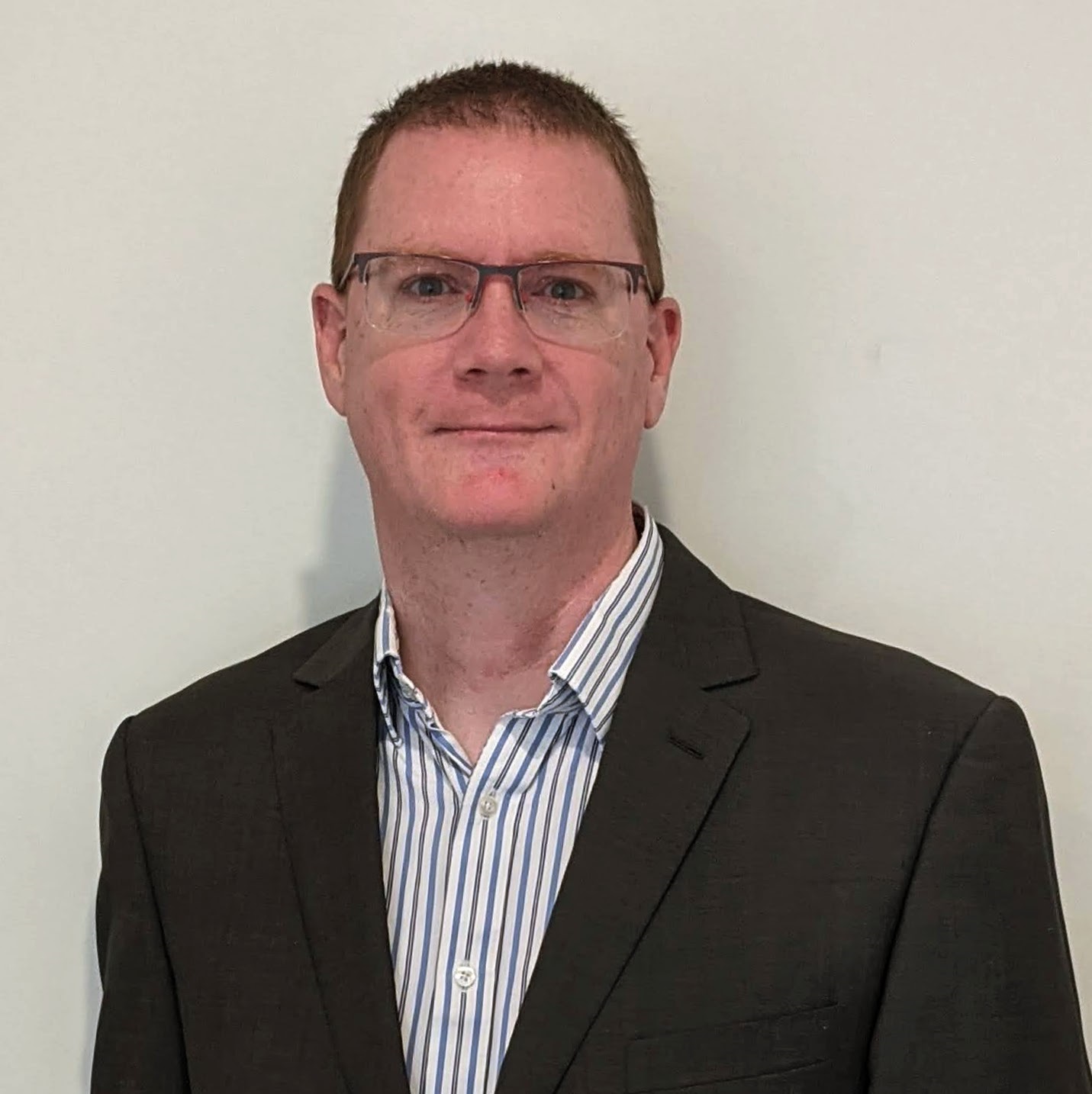'Solar will be everywhere': how renewable energy will meet 100% of electricity needs by 2050
2024-05-10T08:00:00+10:00

An example of what a building made with solar windows might look like.
Image: Adobe Stock, AI-generated
Photovoltaic paint and printed film, solar windows and more efficient tandem cells will drive greener energy production in next quarter of a century says a UNSW expert.
“The last 20 years in solar have been really exciting, and I think the next 20 years are going to surprise everybody.”
That’s the view of UNSW Professor Renate Egan, Executive Director at the Australian Centre for Advanced Photovoltaics, with regards to developments in the world of solar power.
Prof. Egan is confident that by 2050 electricity generation in Australia will be 100 per cent supplied via renewables, and that half of that will be thanks to photovoltaics.
And she says, while the solar technology of today works and should be deployed as fast as we can, there is more work to be done to get us to 100 per cent renewables.
She is predicting that with time, energy won’t just come from traditional solar panels and batteries, but also from exciting new photovoltaic technologies that take the form of thin flexible films and windows that serve a purpose as well as providing power.
Or, to put it another way, “when people talk about solar paint – they are describing solar as a technology that will be everywhere.”
Media enquiries
For enquiries about this story and interview requests please contact Neil Martin.
Email: n.martin@unsw.edu.au
Prof. Egan was speaking as a guest on UNSW’s ‘Engineering the Future’ podcast series, alongside Dr. Zi Ouyang, UNSW graduate and now Vice President and Chief Technology Officer of JA Solar.
And she predicts continued and sustained growth in the PV industry to help the Australian government meet its goals to transform the nation’s energy system to achieve Net Zero by 2050.
“We just had the 2023 numbers come in for Australia, and we’re close to 20 per cent of our electricity being met by solar,” Prof. Egan said.
“By 2030, the targets are to be at over 80 per cent renewables and we would expect 40 per cent to come from solar. By 2050 we will be looking at 100 per cent renewables and we would expect over 50 per cent of that to come from solar.
“50 to 60 per cent of our electricity needs will be met by solar, and at the same time, our electricity needs are going to grow because we need to electrify everything. So all of our thermal processes, where we rely on gas, and all our transport processes, where we rely on fuel, will be switching to electric.
“The industry keeps surprising me because it's growing at a phenomenal rate. It’s important to communicate how quickly it's growing because we are going to see so much change in the next 20 years.”
Solar windows, tandems and more
One such change may well come from solar glass panels that are see-through and can act like a window, which are already being produced in both the US and Europe.
Although they are less efficient than traditional PV panels, the potential to turn entire skyscrapers, for example, into a whole building that can generate its own electricity is inspiring.
“It is kind of contradictory, because in order to make the solar cell more efficient, it needs to absorb more light, but on the other hand the window needs to be transparent in order to see through,” Dr. Ouyang said.
“Fortunately, what we see through our eyes is not necessarily all the energy in the spectrum that can be used by the solar cells. So some smart engineering can play a role, that makes sure some of the spectrum can be used for the solar cells to generate electricity without affecting what you can see through the window.
“So yes, there's definitely a potential for solar windows, but we shouldn't expect it to be as efficient as standard solar modules.”
The industry keeps surprising me because it's growing at a phenomenal rate. It’s important to communicate how quickly it's growing because we are going to see so much change in the next 20 years.
Prof. Egan also flagged work being done in Australia on photovoltaic film that can be printed and attached to suitable surfaces, as well as more blue-sky thinking in relation to the vision of “solar paint”.
“We are actually producing now, in Australia, at the CSIRO in Melbourne and a group in the University of Newcastle, a thin film roll-to-roll printing process,” she said.
“It’s a bit like the way bank notes are printed. On a flexible polymer backing, you can print materials that you can turn into solar cells. And you can imagine hanging solar canopies, flexible solar arrays on various surfaces.
“And the concept of solar paint, I think, translates to these thin film flexible panels.”
Prof. Egan also expects more traditional solar panels to become ever more efficient, as researchers and industry work hard to ensure each solar cell is able to convert as much of the sun’s energy as possible into power.
“The way to think of it is that the solar cell is like a single battery and the way it works is - it absorbs some of the sun's light and miraculously, with just the silicon material, it can turn that sunlight into electricity,” she explained.
“There are gaps in that sunlight that silicon can't access. So we want to add another cell on top, that will absorb the light that the silicon is missing. We call that a tandem structure, two cells, one on top of the other and we're working on the materials that make up the new top cell.
“There's innovation and discovery going on in the materials that are ideal for that tandem structure. The material has to take the rest of the light that silicon is missing but not take too much of the light that silicon is really good at absorbing. And then we are looking at how to stack that material on top of silicon in a working device.”
* Professor Renate Egan and Dr Zi Ouyang were in conversation as part of the Engineering the Future Podcast series.
Related stories
-

Bigger and better solar panel recycling centres needed to deal with PV waste, says report
-

Solar panels in your eyeballs? This engineer is looking into it
-

Solar panels aren't perfect yet – we can make them even better and cheaper
-

Untapped solar rooftop potential costing Australians billions each year: new report




